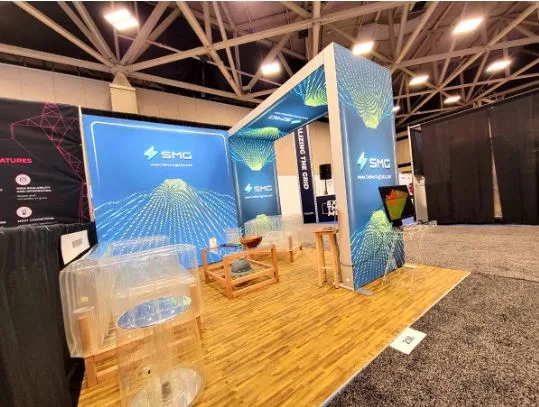Why Medical Training Kits Are Essential for Hands-On Practice
Future medical professionals rely on medical training kits to learn their craft. With these kits, they get to put their textbook smarts to work. They close the gap between learning something in class and using it in the world. Understanding their significance reveals how they foster the development of sharp, confident professionals.
Enhancing Skill Development
Medical training kits offer a hands-on approach to learning. Through consistent, iterative exercises, learners internalize foundational competencies, progressing via repetition to a level of expert execution. When medical students keep practicing, they develop muscle memory and will know what to do in a given situation. Stitching, giving shots, or doing CPR? Feeling the work with your hands is essential.
Boosting Confidence
A doctor’s self-belief guides their hands. Training kits provide learners with the opportunity to practice extensively. You’ll see them grow more sure of what they can do. When students know they can perform a procedure correctly, their confidence grows. Strong self-confidence greatly improves outcomes during clinical training and, subsequently, in the chosen profession.
Bridging Theory and Practice
While textbooks and lectures provide essential knowledge, they cannot replicate the experience of performing medical procedures. Training packages close this experiential void by presenting highly verisimilar practical scenarios. Students get a clearer picture of the human body and grasp the details of many medical treatments. Getting hands-on with concepts makes them truly stick. It’s like they’re glued in your head, ready for you to pull out when a real situation demands them.
Reducing Anxiety
For many students, the transition from theoretical learning to practical application can be stressful. The fear of making mistakes in a clinical setting is common. With medical training kits, students get to practice without the inherent risks. As they become more familiar with procedures, their anxiety decreases. When the pressure eases, students can truly focus on helping people. It makes stepping up to care for real patients feel much more natural.
Keeping Up with Technological Advancements
Medical fields are constantly advancing. Training kits have been transformed and now include the most recent tech and work steps. Students learn the latest methods, which get them ready for the quick pace of today’s patient care. Medical training kits adapt, giving learners current tools and techniques.
Cost-Effective Learning
Medical training can be expensive. Simulated practice with training kits offers a cost-effective alternative to traditional methods. Students can avoid spending a lot on expensive tools and all those supplies. Institutions can invest in quality kits that serve multiple students over time. You’ll find this method makes the most of what’s on hand. Everyone gets a full education, too.
Safe Learning Environment
Patient safety always comes first in medical care. Practice kits let students get a handle on complex operations and experiment without the fear of harming patients. When you feel secure, you’ll explore and learn without hesitation. Imagine learning medicine by doing, even if you stumble. You’ll grasp medical methods much more deeply that way.
Versatility in Training
Medical training kits are quite versatile, catering to various specialties and skill levels. From basic first aid to advanced surgical techniques, there’s a kit for every need. You can jump in as a total beginner, and it will still offer plenty of challenge for the most experienced users. Institutions can customize training to meet specific educational goals.
Conclusion
Aspiring doctors and nurses can truly learn their craft using medical training kits. They get hands-on experience and feel more confident. It makes what you study click with how things work. Student stress drops. They also learn to work together, preparing them for tough medical jobs.
As medical science progresses, medical training kits become more sophisticated. They give students a smart, secure, and adaptable medium to learn, saving money and avoiding real-world risks. Students become more skilled and confident in their medical capabilities, which directly leads to better care and results for patients.



